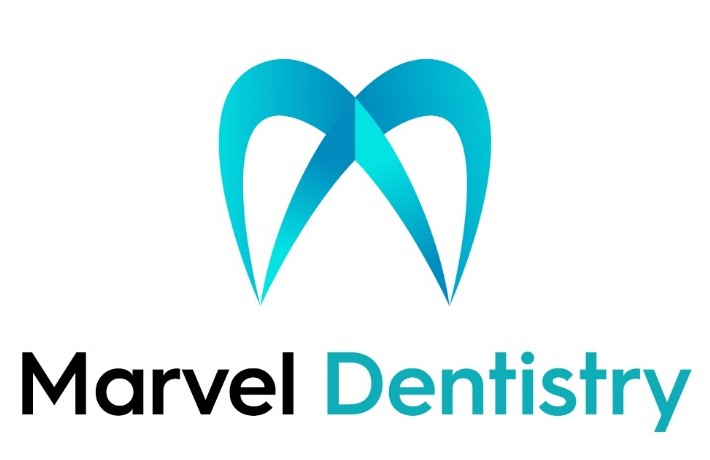+918048052850

This is your website preview.
Currently it only shows your basic business info. Start adding relevant business details such as description, images and products or services to gain your customers attention by using Boost 360 android app / iOS App / web portal.
Description
Cosmetic facial surgeries related to dental procedures focus on improving both the appearance and functionality of the face and mouth. These procedures can enhance facial aesthetics by addressing issues with the teeth, jaw, and overall smile. Below are some common types of cosmetic facial surgeries that are dental in nature: 1. Orthognathic Surgery (Jaw Surgery) Purpose: Corrects misalignments of the jaw and teeth that can't be fixed with braces alone. This surgery may involve repositioning the upper and/or lower jaw. Common Goals: Improves facial balance, corrects bite problems (e.g., overbite, underbite), improves chewing, speaking, and breathing functions. Types of Procedures: Upper Jaw (Maxillary) Surgery: Repositions the upper jaw. Lower Jaw (Mandibular) Surgery: Repositions the lower jaw. Bimaxillary Surgery: Involves surgery on both the upper and lower jaws. 2. Dental Implants Purpose: A dental implant is a titanium post placed in the jawbone to replace a missing tooth. The implant fuses with the bone, creating a stable foundation for a prosthetic tooth. Common Goals: Restores missing teeth, improves facial appearance by filling in gaps, and prevents bone loss. Considerations: It's a minimally invasive procedure for many, but complex cases may require bone grafting if there is insufficient bone for implant placement. 3. Gum Contouring (Gum Lift) Purpose: Adjusts the gum line to improve the appearance of the teeth and smile. This procedure can involve removing excess gum tissue to reveal more tooth structure, or grafting tissue to improve the gum line. Common Goals: Corrects a "gummy smile," where the gums cover too much of the teeth, or to even out an uneven gum line. Types of Procedures: Laser Gum Contouring: Uses a laser to reshape the gums with minimal pain and recovery time. Surgical Gum Grafting: Used to restore gum tissue in areas where it has receded. 4. Rhinoplasty (Nose Surgery) with Dental Implications Purpose: While rhinoplasty is typically a cosmetic facial surgery for the nose, it can also be performed in conjunction with dental surgeries. Sometimes, dental issues such as a misaligned bite can affect the facial profile, and a nose job can complement jaw or teeth alignment surgeries. Common Goals: Balances the appearance of the nose in relation to the mouth and chin, and improves overall facial harmony. 5. Temporomandibular Joint (TMJ) Surgery Purpose: This surgery addresses issues related to the temporomandibular joint, which connects the jawbone to the skull. TMJ disorders can lead to jaw pain, headaches, and difficulty with chewing or speaking. Common Goals: Relieves pain, restores jaw function, and can improve the aesthetics of the lower face if jaw misalignment or dysfunction is present. 6. Smile Makeover (Cosmetic Dentistry) Purpose: While often done using non-surgical techniques like veneers, crowns, and whitening, some smile makeover procedures may involve cosmetic surgery for the gums or jaw if necessary. Common Goals: Create a more aesthetically pleasing smile by addressing tooth size, alignment, shape, and overall facial harmony. 7. Cheekbone Surgery (Malar Augmentation) Purpose: In some cases, dental and jaw surgeries are combined with procedures like cheekbone implants to enhance facial proportions. This is often done in conjunction with orthognathic surgery for more balanced facial aesthetics. Common Goals: Creates a more prominent or symmetrical appearance of the cheekbones, improving facial contours. 8. Lip Augmentation Purpose: This can be part of a cosmetic facial surgery that complements dental aesthetics. Lip augmentation may be done to enhance the volume and shape of the lips, improving facial harmony. Common Goals: Enhance the fullness of the lips, often used alongside other dental or facial procedures to improve smile aesthetics. 9. Bone Grafting for Dental Implants Purpose: When there isn’t enough bone to support a dental implant, bone grafting may be required. This involves taking bone from another part of the body or using synthetic bone material to build up the area around the implant site. Common Goals: Makes dental implants possible when there is insufficient bone, often after tooth loss or due to age-related bone loss. 10. Lip-Smile Surgery Purpose: This surgery involves altering the upper lip or the shape of the smile itself to improve facial appearance. It is commonly done for those with a lip that is too thin or if the teeth are too prominent when smiling. Common Goals: Enhances smile symmetry and ensures the lips complement the overall appearance of the teeth and mouth. Considerations Before Cosmetic Facial Dental Surgery: Consultation: A detailed consultation with both a dentist and a facial surgeon is crucial to plan for the surgery, ensuring both functional and aesthetic goals are met. Risks: As with any surgery, there are risks of infection, scarring, and complications related to anesthesia. Recovery Time: Recovery can vary from a few days for minor procedures (like gum contouring) to several weeks or months for more invasive surgeries like orthognathic surgery or implants. Costs: These surgeries can be expensive and may not always be covered by insurance, especially if they are purely cosmetic. If you're considering any of these procedures, it’s important to work with a qualified oral and maxillofacial surgeon or a cosmetic dentist who has experience with facial aesthetics and functionality

